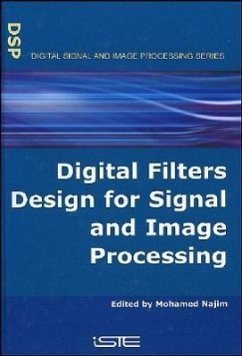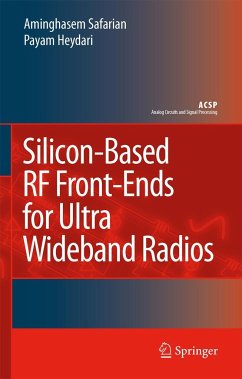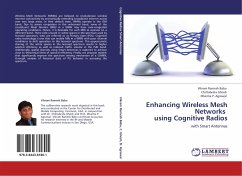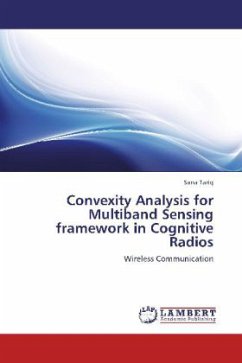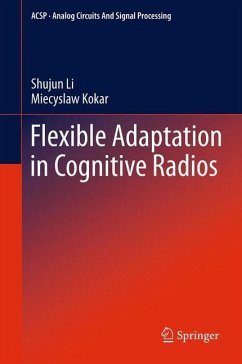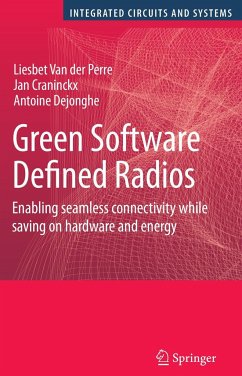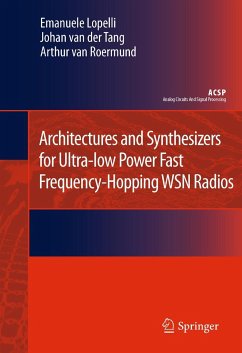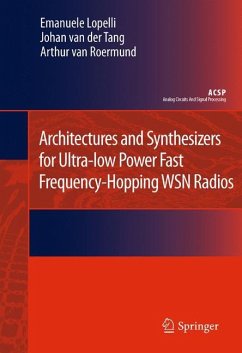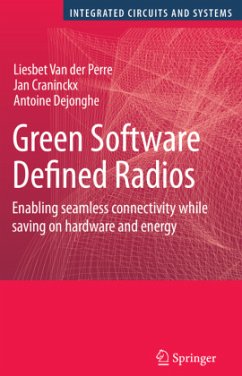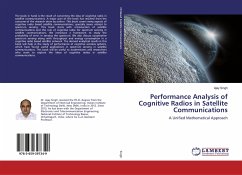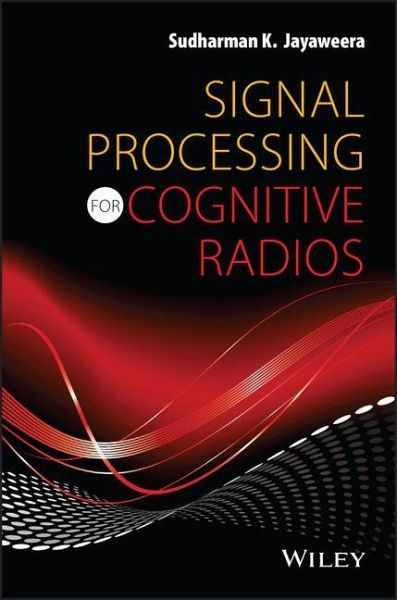
Signal Processing for Cognitive Radios
Versandkostenfrei!
Versandfertig in 2-4 Wochen
126,99 €
inkl. MwSt.
Weitere Ausgaben:

PAYBACK Punkte
63 °P sammeln!
This book examines signal processing techniques for cognitive radios. The book is divided into three parts. Part I, Introduction to Cognitive Radios (CR), presents a history of the CR and introduces their architecture, functionalities, ideal aspects, hardware platforms, and state-of-the-art developments. The author also introduces the specific type of CR that has gained the most research attention in recent years--the CR for Dynamic Spectrum Access (DSA). Part II, Theoretical Foundations, guides the reader from classical to modern theories on statistical signal processing and inference. The au...
This book examines signal processing techniques for cognitive radios. The book is divided into three parts. Part I, Introduction to Cognitive Radios (CR), presents a history of the CR and introduces their architecture, functionalities, ideal aspects, hardware platforms, and state-of-the-art developments. The author also introduces the specific type of CR that has gained the most research attention in recent years--the CR for Dynamic Spectrum Access (DSA). Part II, Theoretical Foundations, guides the reader from classical to modern theories on statistical signal processing and inference. The author addresses detection and estimation theory, power spectrum estimation, classification, and inference and decision processes. Applications to the signal processing, and inference and learning problems encountered in CRs are interspersed throughout with concrete and accessible examples. Part III, Signal Processing in Cognitive Radios, identifies the key signal processing, inference, and learning tasks to be performed by wideband autonomous CRs. The author provides signal processing solutions to each task by relating the tasks to materials covered in Part II. Specialized chapters then discuss specific signal processing algorithms required for DSA and DSS, cooperative communications and machine learning in cognitive radios.




